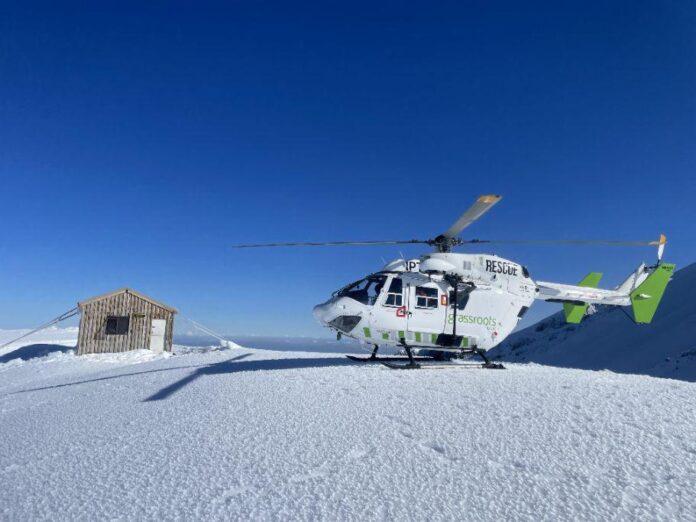The Grassroots Trust Rescue Helicopter endured a challenging, yet fulfilling year with 431 missions completed and a 5.4% increase from the previous year. From medical emergencies and rural rescues to motor vehicle accidents and critical hospital transfers, the service continues to be a valuable asset to the communities in the Manawatu and Whanganui regions.
A skilled crew of pilots, Air Crew Officers, and Critical Care Flight Paramedics operate year-round around the clock and are always prepared to spring into action. With increasing demand, they are already under massive amounts of stress.
A shift in numbers indicates more lives saved by the Grassroots Trust Rescue Helicopter
In 2024 the crew performed 137 inter-hospital transfers, over 60 medical missions, 98 rural rescues, 42 motor vehicle accident responses, 8 dedicated search and rescue operations, and other non-traditional missions. Nearly 1 in 5 of these flights occurred at night or early morning which has brought to attention a greater need for advanced night vision technology for safe nighttime operations, especially for the 38% of flights that are conducted at night.
Charity 101: Nova Scotia charities brace for U.S. tariff fallout
Palmerston North Hospital was the most common destination for patient transfers, with 99 cases recorded and March was regarded as the busiest month overall, with 51 missions, while April had the highest number of medical emergencies. One such rescue case involved an elderly Dannevirke man who after suffering a serious head injury from a fall received urgent medical care from the onboard paramedics before being flown to Palmerston North Hospital for further treatment.
Responding to emergencies when it matters
Patients experiencing an urgent need for medical attention have greatly benefitted from the helicopter’s capability of tackling extremely secluded areas. 94 missions were set aside last year for remote areas that require significant effort for traditional emergency services to properly attend to. Examples of such incidences included hiking injuries, farming mishaps, and motorcycle accidents.
In April, there was a significant case that involved a helicopter being dispatched to Waitarere Beach in hopes of aiding a man in his 30s whose hand had suffered grave crush injuries. He was treated at the scene and was flown to Wellington Hospital for additional treatment.
In 2024, the search and recovery operations were one of the several important tasks this helicopter undertook. One of the notable rescues was performed in the Tararua ranges where a woman in her 40s experienced a medical emergency and was able to activate her locator beacon.
Due to the swift response from the helicopter, she was immediately taken to Palmerston North Hospital and given the medical aid she required.
Motor vehicle accidents accounted for 42 missions last year and in July, the rescue helicopter was dispatched to Kawhatau to aid a man in his 20s in the early hours of the morning after his motorcycle crashed and he suffered a medical event. He was able to receive emergency treatment from the paramedics onboard before being transferred to a hospital for specialized care.


